Mole cricket: description and basic methods of control
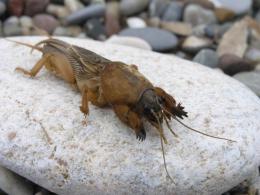
Gardeners and gardeners are always full of all sorts of worries. But the most important thing is protecting the future harvest from pests. Some species undergo annual persistent struggle using all available means. The common mole cricket is one of these particularly resistant pests.
Content:
- General description of the insect
- Biological features
- Folk methods of struggle
- Control with insecticides
General description of the insect
The common mole cricket is a very harmful and fairly resistant orthopteran insect from the mole cricket family. This species lives in the soil, making rather long and deep tunnels in it, ending in a nest. If you literally translate the word “bear” from Latin, it sounds like a mole cricket.
And indeed, in its way of life, this insect strongly resembles a mole. And the appearance of the mole cricket adds significant similarity to them. The body length of adult individuals of this species can reach up to 5 cm. If we consider the insect in proportion, the abdomen is approximately 3 times larger than the cephalothorax.
At the end of the mole cricket's abdomen there is a pair of thread-like cerci. The front part of the insect is protected by a hard shell.
The mole cricket can partially hide its head in it. On her head, paired eyes of a complex type, rather long mustaches and two pairs of tentacles, which serve as a frame for the oral apparatus, are clearly visible.The front pair of insect legs is ideally suited for digging soil.
Adult mole crickets can fly quite successfully. But for this they definitely need warm air. The mole cricket is distributed almost everywhere in Russia, with the exception of the northernmost regions. This pest is also found throughout almost all of Europe, most of Asia and North Africa.
Biological features
Most often you can meet mole crickets on light sandy and sandy loams. soils with moderate moisture. This insect tries to avoid soils that are too hard or too dry. Most of the mole cricket's life cycle takes place below the soil surface. It comes to the surface quite rarely and mainly at night. For wintering, this insect goes to a depth of 2 meters.
The basis of the mole cricket's diet is plant roots, as well as small earthworms and other insects. At night you can hear the characteristic chirping of the males of this species. To do this, they build burrows that widen towards the entrance, which significantly enhances the outgoing sounds.
One of the interesting features of this insect is that adult individuals can swim very well. The mole cricket also has parasitic flies as its natural enemies. For her egg laying, the female mole cricket builds a nest that is close to the soil surface.
It can often be seen by its characteristic dome-shaped vault, which protrudes quite strongly above the surface of the earth. This is done so that the eggs are better warmed by the sun's rays. One clutch can contain several hundred eggs at once. The larvae develop into adult insects over several years.
Folk methods of struggle
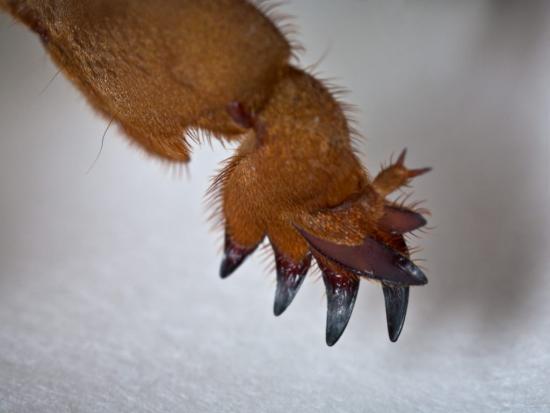
Fight with malicious Bear hunting has been carried out since time immemorial. Among the most common folk methods, the following methods can be noted:
- Beer trap
- Manure trap
- water trap
- Washing powder and soap
Beer trap. Suitable for killing mole crickets in the summer. To make it you will need a 0.5 liter glass jar and some beer. The jar is dug into the soil in an inclined position so that its neck is below the soil surface level.
The resulting recess with a protruding neck is covered with a sheet of slate or other available material. Water trap. As you know, mole crickets always go to places with high humidity. Therefore, to destroy it, a jar of water dug into the ground is quite successfully used.
Autumn manure trap. Its principle of operation is based on the fact that, in search of a place for wintering, mole crickets very often climb into heaps of manure or compost. To set up this trap in the soil a hole about 60 cm deep is dug, which is then filled with manure or compost. Before the onset of severe frosts, the contents of the pit are removed, and the mole crickets and their larvae found there are destroyed.
A solution of washing powder or soap. Some gardeners prefer not to bother constructing traps. To remove mole crickets, they use a solution of soap, which is poured in huge quantities into insect burrows. In most cases, the effectiveness of this method is highly questionable.
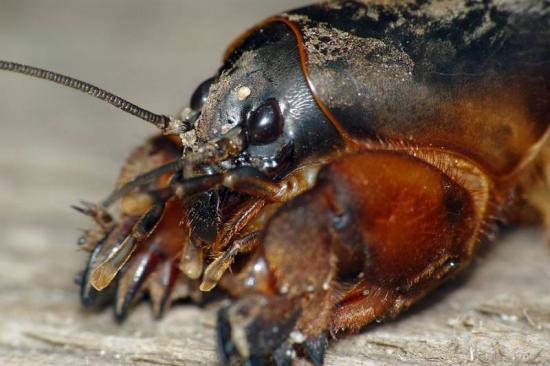
Passive methods. Among the methods that do not require direct intervention, mention should be made of sowing strong-smelling crops. For example, for these purposes you can use the well-known marigolds or marigolds.
Natural enemies.Also, some gardeners who are adherents of organic farming attract natural enemies to combat mole crickets. For example, hedgehogs, shrews or starlings.
Use of barriers. They involve protecting the root system of plants with plastic. Most often, polyethylene bottles are used for this, which are cut into rings and placed on the roots when planting.
Control with insecticides
The most effective way to kill mole crickets is to use special insecticidal agents. Special granular baits have proven themselves best. For example, Medvetox, Phenaxin or Thunder are highly effective.
They are scattered in the places of passages and lightly embedded in the soil. Mass death of insects occurs quite quickly, in most cases the next day on the surface soil You can already find dead insects.
Video about the mole cricket pest and methods of combating it:

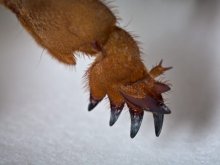
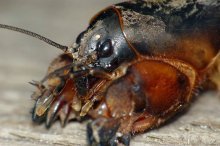


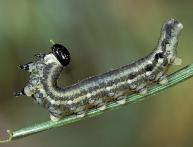

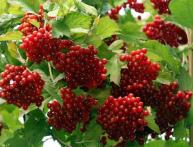
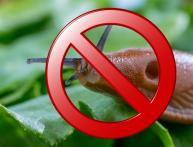
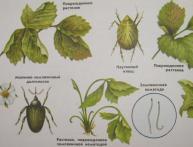
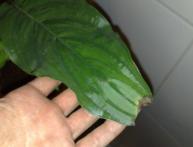
Comments
I have always been disgusted by mole crickets; by and large, the harm from them was not very significant, but I didn’t like constantly bumping into their holes on the site. I didn’t get rid of them right away with the help of poisoned porridge, which I buried in the ground.